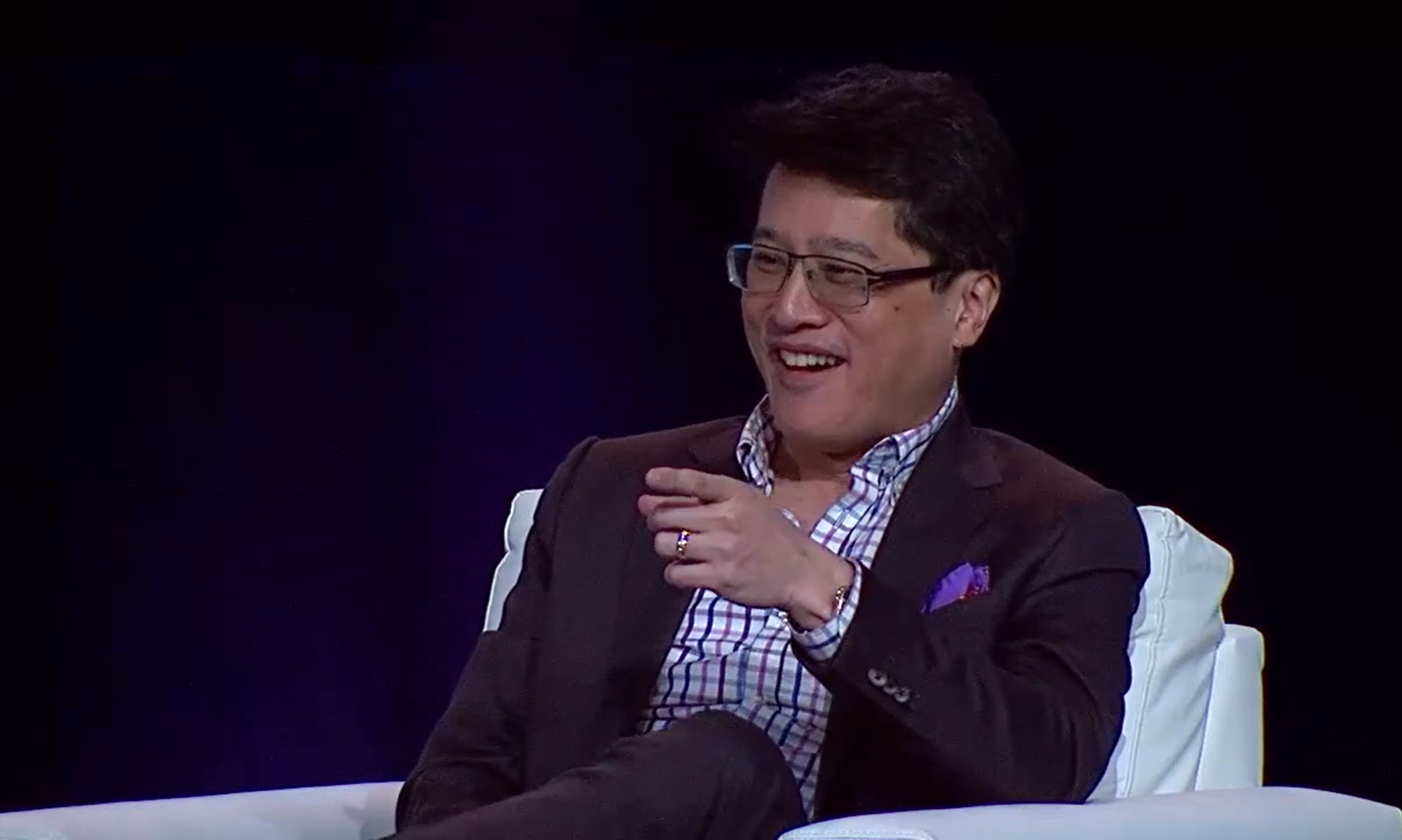The term "workstream" is often used in consulting, but offhand I cannot think about where it is defined for new consultants to reference. A workstream is not a fancy concept, yet it is an important construct that often has ties to consulting proposals, engagement management and division of labor, and processes used with the client. Note that not all consulting firms will characterize workstreams the same way that I describe them here, but I have found similar structures used in a number of consulting organizations that I have worked with.
What is a workstream, and where does it fit in the context of a consulting engagement? Let's start with the latter question first.
A consulting engagement is often framed around solving a specific problem statement for a client. In a prior post on articulating problems statements, I hinted that a consulting problem statement usually must be decomposed into smaller problems statements.
To answer these problems statements, the consultants usually need to put together a set of engagement activities that provide the frame for answering the overaching problem statement and subproblem statements. Engagement activities are often grouped together in coarse groupings often running in parallel. These coarse groupings are called "workstreams", and each workstream often has prime consultant and prime client point. The structure is pretty much in line with standard project management practices, but key adds from a consulting perspective are the problem statement and consultant-client touch points. See the figure below which has four workstreams covering strategy, technology, finance, and business plan development.
As additional context, the problem statement for the above engagement was to help the client develop a business strategy and plan for entering the market as a new entrant in the wireless network and applications provider space. So as an example, the first (top) workstream is geared towards helping the client determine what business model and applications should be investigated in more detail by brainstorming on services and looking at the competitive envionment for plausible and defensible openings.
To close off this post, I think that it's important to note that the cadence and regular review structure with the client (e.g., see milestones at bottom of figure above relative to workstreams) are important processes. See my prior post illustrating why in consulting the process is an essential part of the deliverable. Readers may also want to refer to an earlier post I had on engagement managers (who own the entire set of workstream above) and the essence of management consulting.
